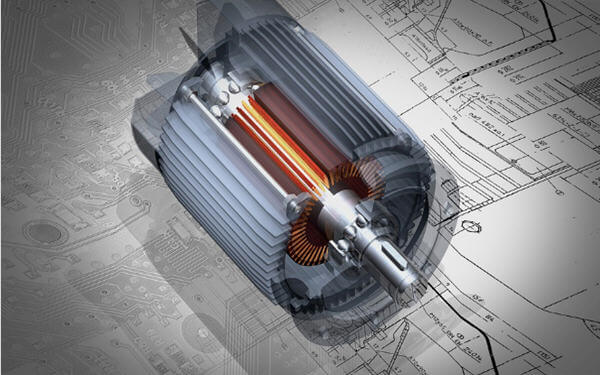
The commodities industry has been focused on the crisis surrounding Rusal, the Russian aluminium producer, but a number of disputes entail higher prices for copper and cobalt.
In the past week, the Democratic Republic of Congo’s state-owned mining company has filed legal action against Glencore, while in Indonesia the government has imposed new environmental standards on the giant Grasberg copper and gold mine owned by Freeport-McMoRan.
“Political risk has gone from being little thought about to being a major concern,” Michael Stoner, an analyst at Berenberg, said.
The challenges come as resource rich nations across the world cast an envious glance at mining companies, who have emerged from the worst downturn in a generation and are now rewarding shareholders with bumper dividends.
Cobalt prices have quadrupled since the beginning of 2016, while copper prices have risen 38 per cent — helping big mining houses to turn large profits. Analysts say further gains could follow if supply disruptions materialise.
In the DRC, President Joseph Kabila has signed into law a new mining code that will lead to higher taxes and royalties on foreign miners.
The resource-rich country is Africa’s biggest copper producer but also is responsible for 60 per cent of the world’s cobalt production — a key material needed for the batteries that power electric cars.
Glencore plans to boost cobalt production by 133 per cent over the next three years to meet rapidly growing demand from car companies.
But last week state miner Gécamines started legal action to dissolve its largest mine in the country, the Kamoto Copper Company, claiming it had failed to reduce billions of dollars of intercompany debt, which had hindered its ability to pay dividends.
Then on Friday, Glencore’s former business partner Israeli businessman Mr Gertler filed an order to freeze Glencore’s assets in the country, saying he is due almost $3bn in royalty payments.
“Gertler and Gécamines have been operating as a controversial tandem for over a decade, engaging in countless deals for over a dozen different joint-ventures. Given the deep-rooted record of co-operation, it is hard to imagine that their actions of last week are disconnected,” said Elisabeth Caesens, director of the Brussels-based non-profit Resource Matters.
Glencore has been unable to pay Mr Gertler royalties since he was placed on a US sanctions list in December.
“Any proceedings that hinder Glencore’s ability to produce at these subsidiaries could lead to disruptions and higher metal prices,” said JPMorgan analyst Dominic O’Kane.
In Indonesia, US miner Freeport has revealed further problems with Grasberg, its huge Indonesian copper and gold mine that is expected to produce 520,000 tonnes of copper in 2018.
For the past 20 years the company has been able to dispose of tailings — the finely ground rock particles that remain after metal has been separated and removed from ore — via a river system.
The government in Jakarta wants that to change and is demanding Freeport to retain 95 per cent of the tailings on land, rather than 50 per cent.
Freeport says it is not feasible to change the system, which has operated effectively for two decades with any unexpected environmental consequences.
Freeport, under pressure to divest a 51 per cent stake in the mine to local interests, needs to secure another temporary mining licence to keep operating in Indonesia beyond the end of June.
Traders worry that contract negotiations at Escondia, the world’s biggest copper mine in Chile, have yet to be settled.
Tension is also rising in Mongolia where Rio Tinto is developing a big underground mine in the Gobi desert. The government recently ended a deal that allowed Rio to source power for the project from China and is demanding the company pay $155m in back taxes.
Source: FT.com